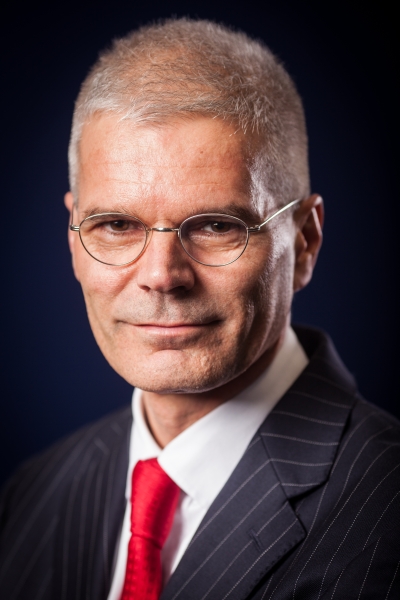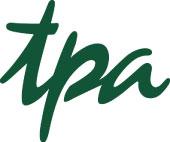Do leaders need dating sites?

Still, I decided to try out LinkedIn, a professional network site claiming to enable you to manage your professional identity. A sort of a dating site but only for dates that are claimed to be of a professional nature and unspecified in when they could or should occur. Basically an option for a date, potentially unlimited in time, among professionals. Whatever the latter means, as meeting people from some professions can be quite tricky.
Now, in order to manage my professional identity, I first need to establish the definition of it. Clearly, I know who I am and I know what my identity is (at least I am assuming that I possess that personal knowledge to make my daily life more bearable) and in case you would meet me, you could find it out as well. So first you meet me, and then you find out my identity. But LinkedIn works the other way around. First you must disclose your identity and only then people might want to be in contact with you before potentially meeting, if at all. So this means I have to write my professional identity down and publish it online. That is the rule of the game (one of the rules) if you want to open an account on LinkedIn. So far so good, I thought.
As I am a banker I wanted to use this as a starting point to write down my professional identity but it quickly became significantly more complicated. After having been in banking for 25 years my banking skills can be written down relatively easy. But being a banker or banking is not a qualification of my professional identity. After all, who wants to be a banker these days…? My professional identity lies in working with people, achieving goals with teams, in my personal style as a professional, as a person, as a leader. But what is the identity of a leader? I did quite some research and found that good leaders apparently are people who are inspiring, authentic, positive, confident, open, thoughtful, good listener, humorous, insightful, creative, purposeful, visionary, strategic, tactical, focused, people-centric, decisive, ethical, open to feedback and so on and so forth goes the list.
Do I consider myself to be a good leader? Well, that is for others to decide but I certainly don’t have all these competencies that determine good leadership. So that must mean that I am not a good leader. But if my professional identity tells that I am not a good leader, I don’t get the right people to connect to me on my account and I will not be meeting the right people. And that cannot be the purpose of the exercise of managing my professional identity. So should I portray myself with all these qualities on my account? And what do others do when they write about their professional identities? I guess we are down to, indeed again, what dating sites are about. Perfect people looking for and meeting other perfect people and finding out the others are playing a false trick and are dishonest as they are not as perfect as they write.
Thus, if we can’t trust „dating“ sites, where do we find good leaders and what are good leaders? Someone who’s posting likes on everyone’s Facebook pictures? Someone who’s working long after the others have left? Someone who’s the life and soul of the office party? A great leader can be many things but he can only be measured by one criterion which is the performance he generate from his teams and for which he is able to create a great atmosphere to work in.
Great leaders don’t have one leadership style, they have several and they know exactly when and how to use them, as well as their role in the team and when and where they are needed. They know when to coach, when to be coercive, when to be democratic, when to be affiliative, when to be authoritative and when to be pace setting. Different styles are needed in different situations. When the house is on fire you do not need a democratic leader. But organisations do not always realise when and where they need which leader. Furthermore, leaders do not always realise whether they are at the right time in the right place.
Corporate organisations go through different cycles. And over these cycles, different leaders as well as different leadership teams are needed. This requires a continuous calibration of the team at the helm and to adapt the leader and his team to the environment. Which implies that leadership teams should change. But in reality, we do not see this happen often. Leaders and leadership teams can stay in their roles for ages. Of course they have the ability to adapt to the changing environments and organisational life cycles. But every leader, how well diversified his/her style may be, has a few dominant styles. These are engraved in their DNA. So when these two or three dominant styles can be deployed in the right environment (read: the right leader in place at the right time of the organisational life cycle) great things can happen, like the creation of a superb atmosphere to work in and subsequently generating outstanding performance.
When the organisation moves to the next phase, or equally the leader does, the two must move on. They should not hold on and stick to each other. Otherwise they will become each others’ prisoners. The atmosphere will deteriorate. Performance will lack. People will become unhappy. As this should not happen, the rope must be cut. If organisations do not cut the rope (which is often the case) the leader must cut the rope. This is what leadership is about. Leadership is not about hanging on. Leadership is about making tough choices and decisions. Also when it affects the leader personally, because good leaders know themselves well and know exactly what they want and do not want and what they can and can’t do.
So when you are to step into a new leadership team carefully analyse first of all whether your particular leadership styles are needed for the phase the company is in. Once in the team make the same assessment for the people in that team and ask yourself if they are at the right time in the right place. Be particularly critical to those in your team who have been around for long, who are operating in their comfort zone or are just enjoying their benefits. All this is easy to see. If they have not yet cut the rope themselves, it will for sure be better to cut the rope for them. After that it is very important to continuously take pulse for yourself and your team. When in doubt, just let nobody, including yourself, hang on but just cut the rope. You will see that all will benefit in the long run. Even more so the (professional) networking sites. Or perhaps this is why we have all these dating sites in the first place?
Henk Paardekooper is the President and CE of RBS Romania. The opinions expressed in this article represent the personal opinions of the author and do not involve in any way the institutions he is associated with.


 de
de
 Joburi in companii de top de pe hipo.ro
Joburi in companii de top de pe hipo.ro





